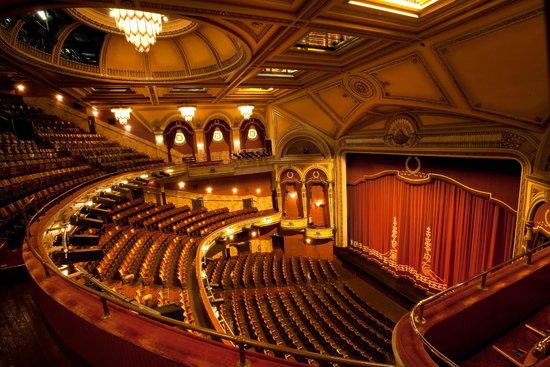Back to: CULTURAL AND CREATIVE ARTS JSS2
Welcome to Class !!
We are eager to have you join us !!
In today’s Cultural and Creative Arts class, We will be discussing Theatre. We hope you enjoy the class!

THEATRE
Theatre can be defined as a space where live performances take place. It is a collaborative form of art in which life performance are employed to present a script of real or imagined compositions in action, on stage before an audience. The performance of theatre is a universal phenomenon that exists in every society in different sizes and capacity around the world. It is a great way to learn history or pass moral values and other social and health information to the people while also entertaining them. In theatre, the platforms on which plays, dramas are performed are called stages. The ancient Greeks watched drama in round, open-air theatres while the Romans built roofed theatres which had permanent stage scenes and complex machinery for sound and lighting effects.
Types of stage
- Proscenium stage
- Thrust stage
- End-stage
- Flexible stage
- Arena stage
- Sports arena stage
- Profile stage

- Proscenium stage: is the most common type of stage where the audience is separated from the framed, raised stage by a curtain. A proscenium stage comprises an upper stage, center stage and downstage.
- Thrust stage: is one surrounded by the audience on 3 sides, leaving the fourth side as the background or projecting area where the action takes place.
- Arena stage: is a central stage surrounded by the audience on all sides. The stage area is often raised to improve sightlines.
- Sports arena stage: often serves as a venue for music concerts with resemblance of the arena stage. Only that the sports arena stage is on a rectangular floor plan. The stage is usually temporal and is set up at the end of the floor with the rest of the floor serving as an audience.

Stage management
This is the coordination of all aspects of the theatre to ensure successful delivery of performance. It comprises adequate co-ordination of the directors, actors, technicians, costumes fittings, backstage crew and the entire production management.
Responsibilities of a stage manager
- A stage manager liaises with the director, stage personnel and other technical departments to ensure a smooth production.
- Setting up and coordinating rehearsal schedules.
- Calling actors for rehearsals performances.
- Distributing information to other theatre departments.
- Maintaining and replacing props and costumes as required.
- Compiling and managing the prompt scripts also known as the “the book” which records actors moves and cues, the requirement of props, lighting and sounds.
Quality of a good stage manager
- The temperament and ability to get along with people both in the artistic and technical arms of the production.
- Have a good understanding of the technical and artistic elements of the performance for adequate delivery.
- Good planning and organizing abilities with the enduring skill of multi-tasking.
- Must be rugged, energetic and patient.
We have come to the end of this class. We do hope you enjoyed the class?
Should you have any further question, feel free to ask in the comment section below and trust us to respond as soon as possible.
In our next class, we will be talking about Dance Drama and Rehearsals. We are very much eager to meet you there.

What is the meaning of stage management i can’t see it
What is the meaning of stage management